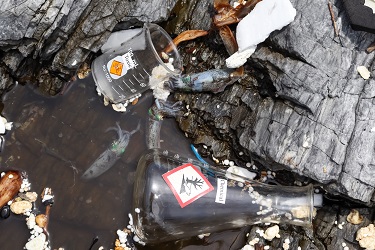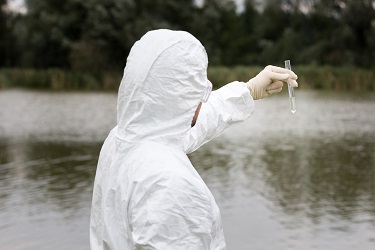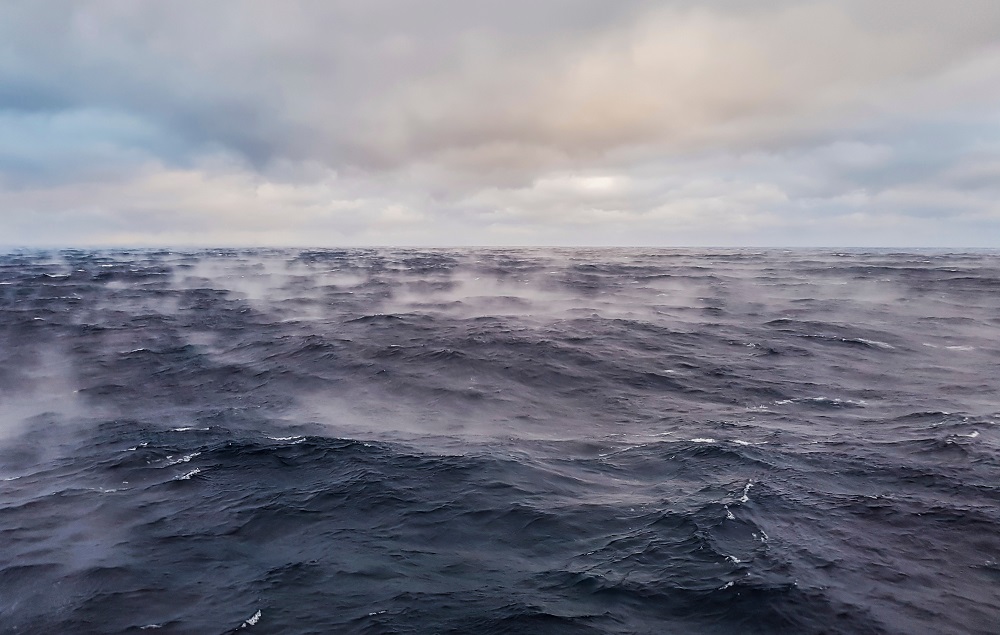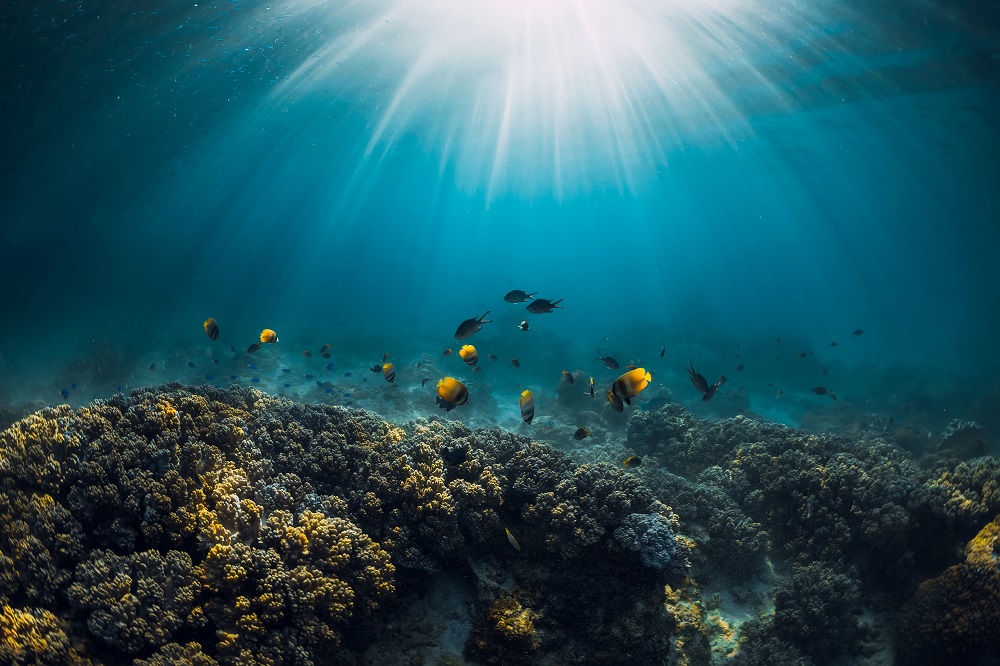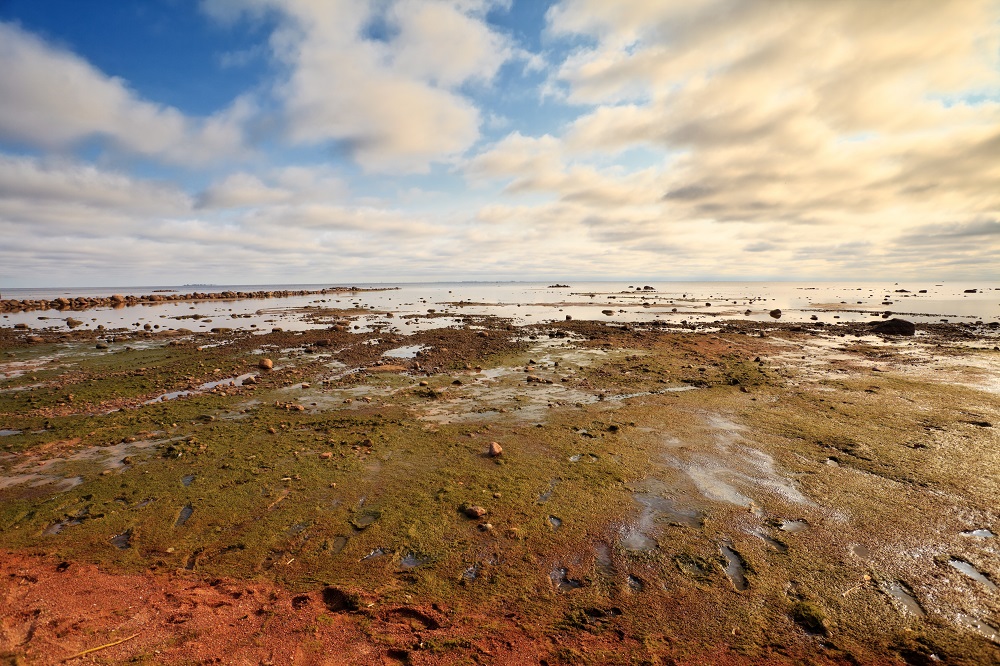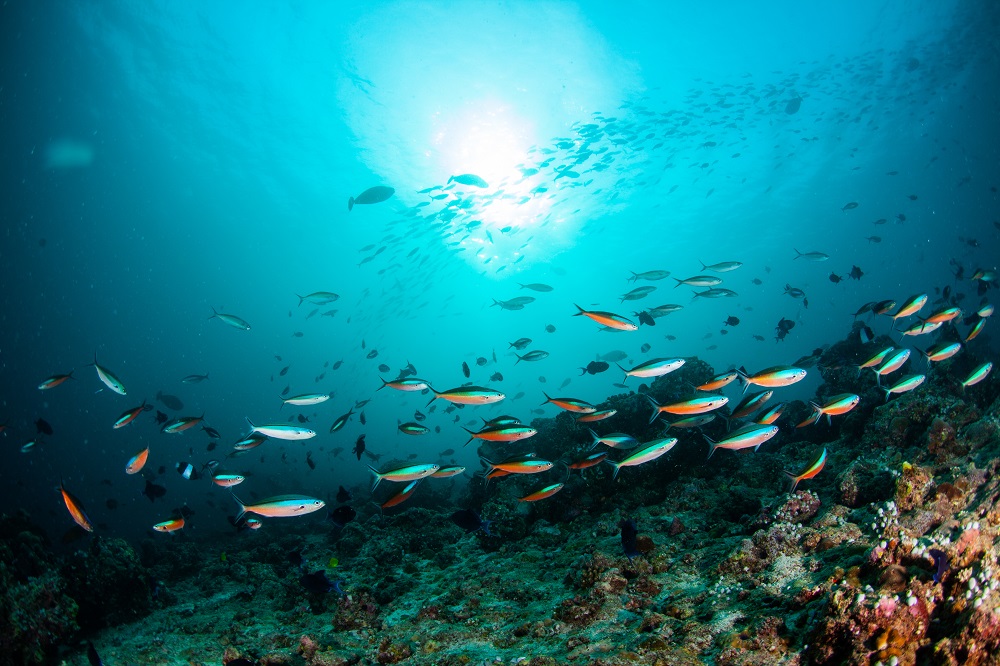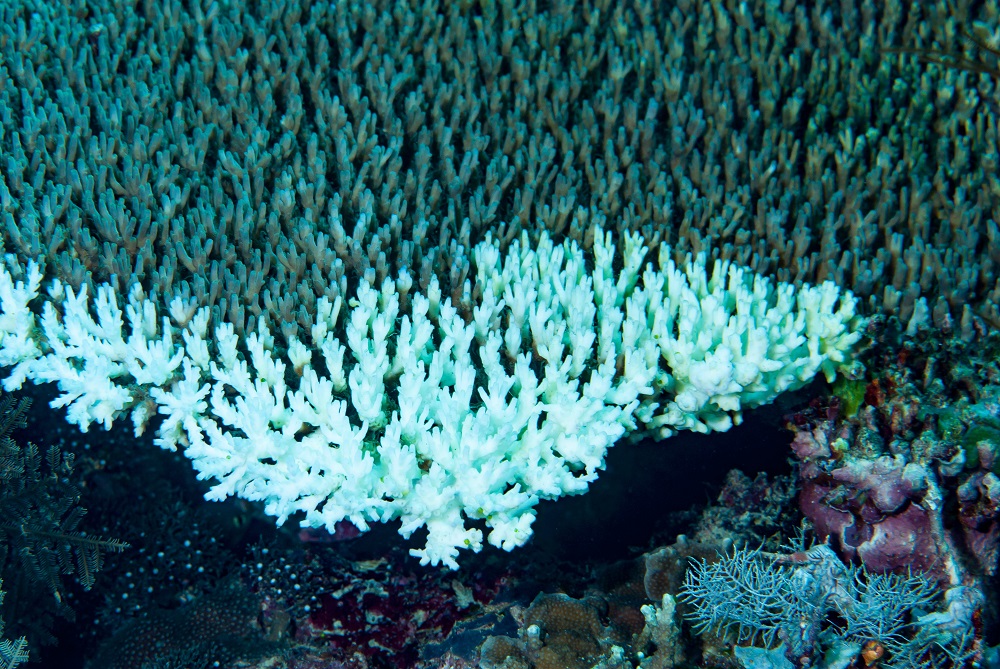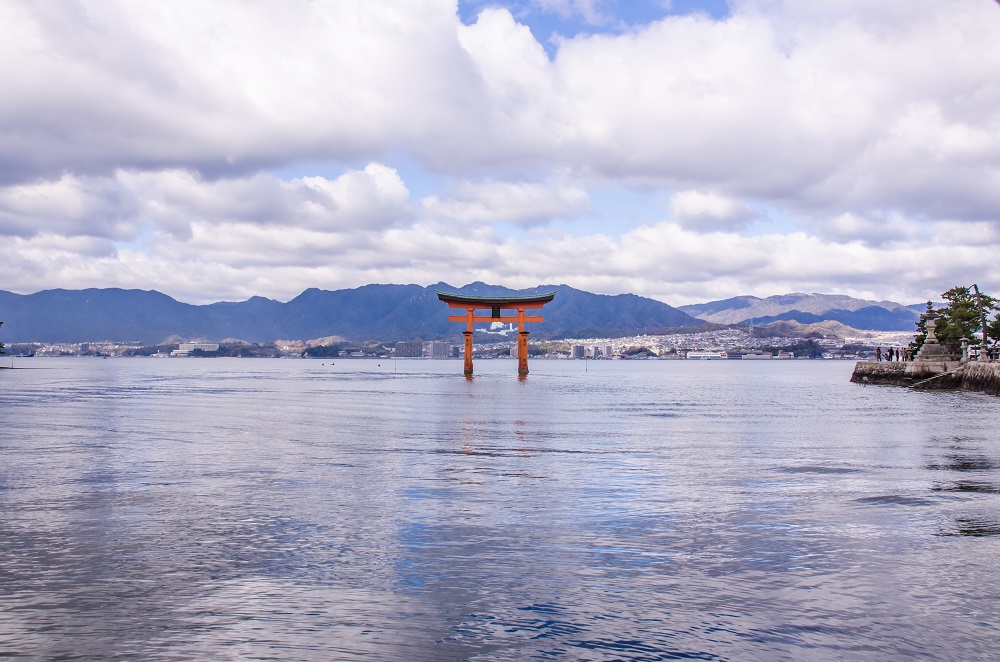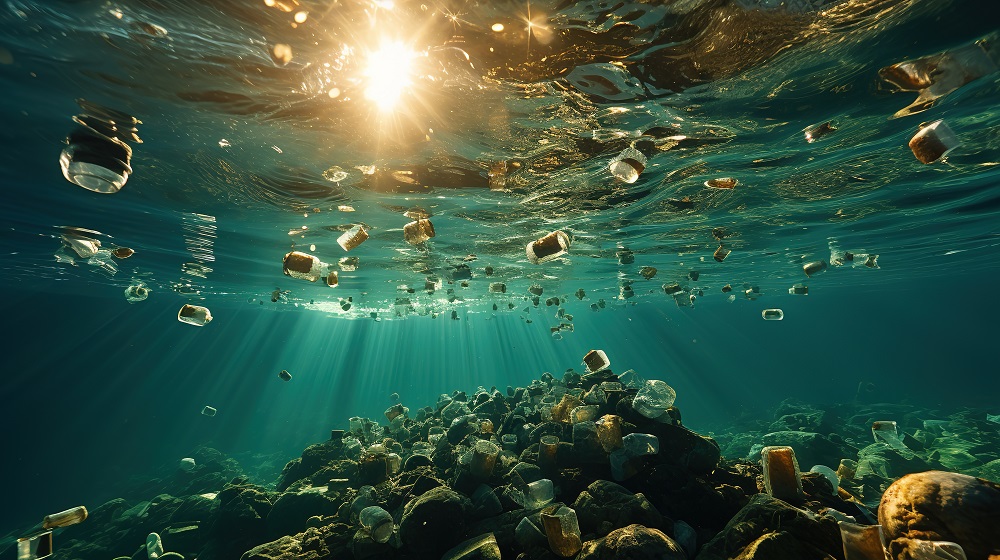The Invisible Wave
You can’t manage what you can’t measure. It’s a cliche often attributed to management expert Peter Drucker, but in the case of regulating marine chemical pollution, it appears to be true.
Data about marine chemical pollution is patchy. Where it exists, it is often not publicly available. The highly complex nature of chemicals – approximately 300,000 are in use – makes it even more challenging to develop a clear picture of the impact of chemicals on ocean ecosystems.
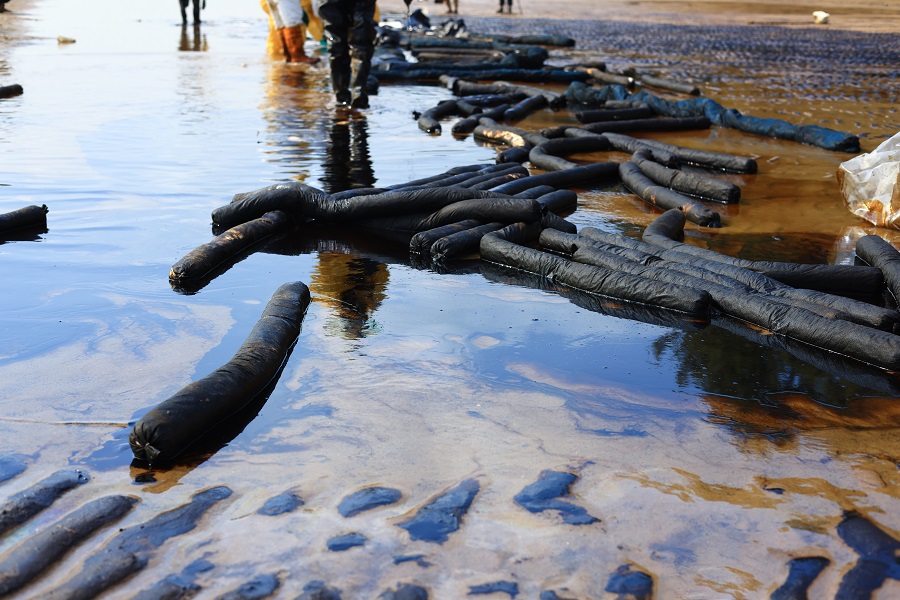
As Drucker predicted, scientists’ inability to measure the scale of marine chemical pollution has translated into poor management by governments. A fragmented patchwork of international, national and sub-national regulations exists but has not effectively addressed the growing problem.
Solutions exist, but implementing them will be politically difficult and expensive. In the European Union, the REACH legislation – which stands for ‘Registration, Evaluation, Authorisation and Restriction of Chemicals,’ puts the burden of proof on companies to demonstrate that their products are not harmful.
Yet this precautionary approach is the exception, not the rule. In many countries, the opposite is true: the onus is on policymakers to prove that a product is harmful. Rapid technological innovation in the chemicals sector means governments simply can’t keep up – particularly in low-income countries with limited technical capacity and resources.
A few basic principles can lead to better policy outcomes. Regulations should deal with groups of chemicals, not single chemicals. Laws should be flexible and proactive, not responding to problems after they emerge. Policies should increase the incentive for companies to design less harmful products and better manage waste. These can include mandated disclosure of toxic chemicals and measures to make polluters pay for their externalities.
Pollution doesn’t respect borders, and more consistent national-level policy will be required to address marine chemical pollution effectively. The production and use of chemicals is rapidly moving to the Asia-Pacific region, which is fast becoming the industry epicentre. Policy innovation must match the rapid pace of industry innovation in this region.
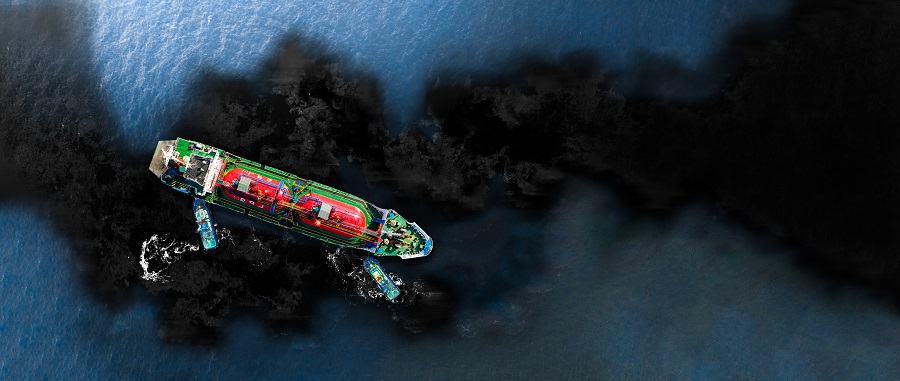
Yet well-designed legislation is not, on its own, enough. Proper implementation and enforcement will be critical to address marine pollution. This will require investment and support for lower-income countries. The burgeoning green finance sector will have an important role to play.
Ultimately, however, the most significant barrier to better regulations to address marine chemical pollution is awareness. This issue is simply not on policymakers’ radar. Better data, which gives scientists a clear and compelling picture of the true scale of the problem, would serve as a wake-up call. The upcoming negotiations for a global treaty on plastic pollution may also focus policymakers’ attention on the damage that pollution is doing to ocean health.
Back to Blue is an initiative of Economist Impact and The Nippon Foundation
Back to Blue explores evidence-based approaches and solutions to the pressing issues faced by the ocean, to restoring ocean health and promoting sustainability. Sign up to our monthly Back to Blue newsletter to keep updated with the latest news, research and events from Back to Blue and Economist Impact.
The Economist Group is a global organisation and operates a strict privacy policy around the world.
Please see our privacy policy here.
THANK YOU
Thank you for your interest in Back to Blue, please feel free to explore our content.
CONTACT THE BACK TO BLUE TEAM
If you would like to co-design the Back to Blue roadmap or have feedback on content, events, editorial or media-related feedback, please fill out the form below. Thank you.
The Economist Group is a global organisation and operates a strict privacy policy around the world.
Please see our privacy policy here.




 World Ocean Summit & Expo
2025
World Ocean Summit & Expo
2025 UNOC
UNOC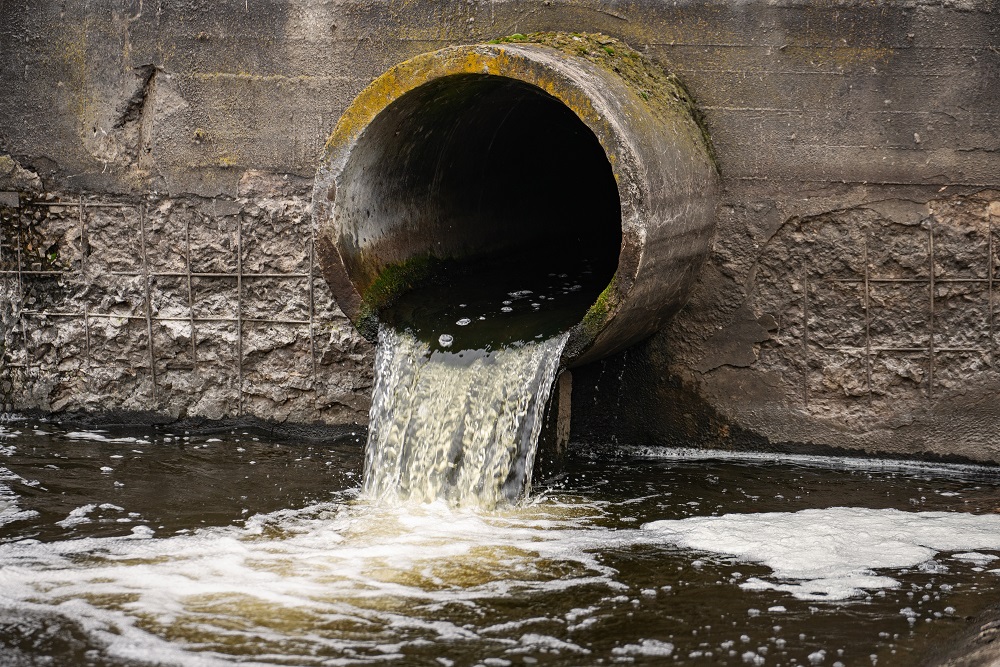 Sewage and wastewater pollution 101
Sewage and wastewater pollution 101 Slowing
the chemical tide: safeguarding human and ocean health amid
chemical pollution
Slowing
the chemical tide: safeguarding human and ocean health amid
chemical pollution Hazardous chemicals in plastics - the discussions at INC
Hazardous chemicals in plastics - the discussions at INC






